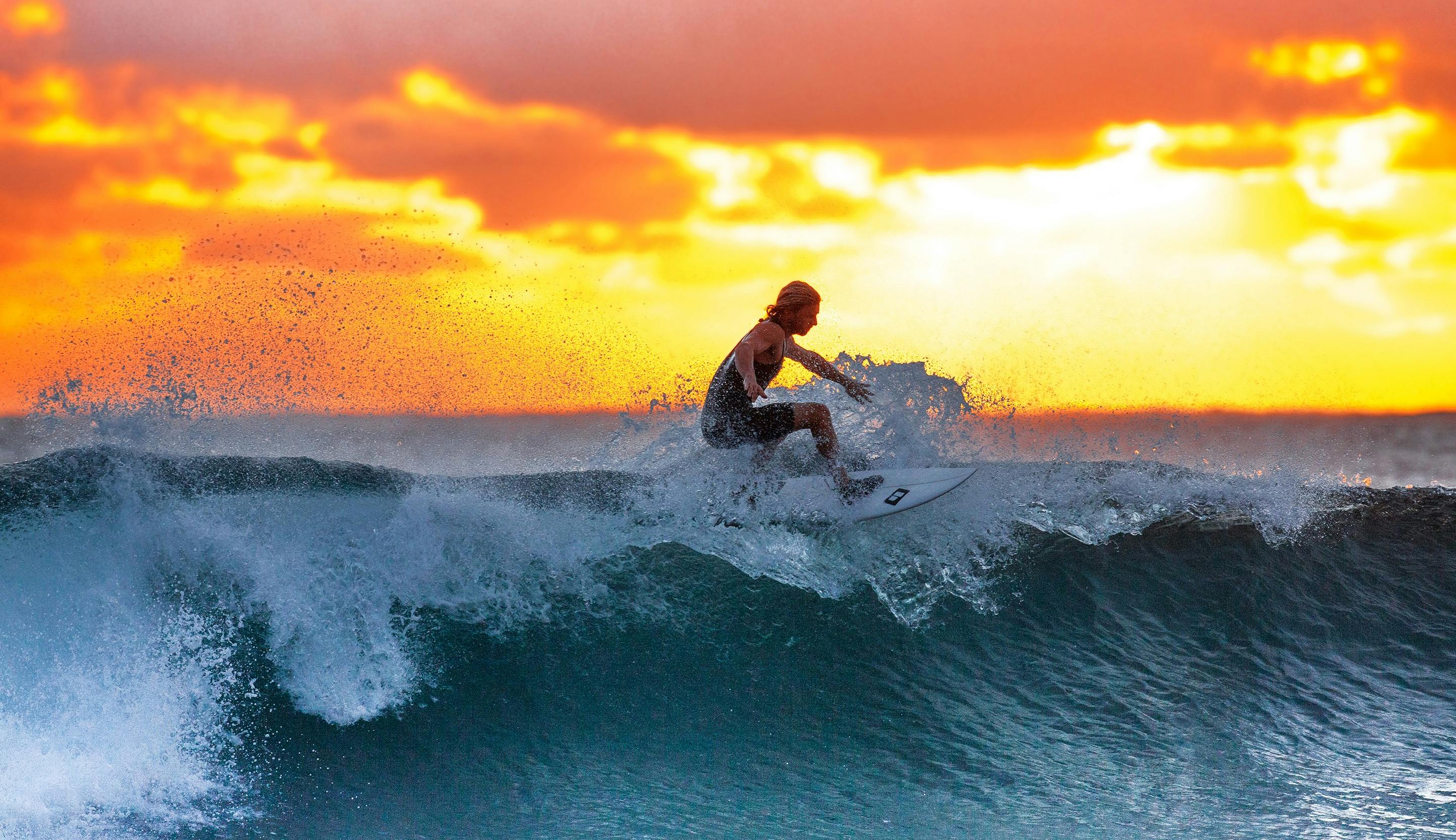 Introduction
Introduction
Surfing is more than just a sport—it’s a lifestyle, a spiritual connection between humans and the sea. Originating centuries ago in the Pacific Islands, surfing has evolved into a global passion that combines balance, strength, and respect for nature. From the sun-soaked beaches of Hawaii to the rugged coasts of Australia and California, surfing draws millions who chase the thrill of riding the perfect wave.
This article explores the fascinating history, techniques, benefits, and global culture of surfing—showing why it remains one of the world’s most beloved ocean adventures.
The Origins of Surfing
The story of surfing begins in ancient Polynesia, particularly in Hawaii, where it was once considered “the sport of kings.” Hawaiian chiefs surfed long wooden boards carved from sacred trees, and it became a vital part of cultural and spiritual life. Surfing wasn’t just recreation—it was a ritual of harmony between people and the ocean.
By the early 20th century, surfing began spreading worldwide, thanks to Hawaiian surfers like Duke Kahanamoku, often called the “father of modern surfing.” His demonstrations in California and Australia introduced the sport to new audiences, sparking a movement that continues to grow today.
The Science of Waves and Surfboards
At its core, surfing is about understanding the physics of waves. Ocean swells form from wind energy traveling across the water. As waves approach the shore, they rise and break—creating the perfect surface for a ride. Surfers must learn to read these waves, predicting where they will break and how they will behave.
Equally important is the surfboard, which has evolved dramatically over the years. Early boards were heavy and wooden, but modern boards use lightweight materials like fiberglass, epoxy, and foam. There are many types of boards—shortboards for agility, longboards for stability, and fish boards for speed. Each offers a different experience depending on wave size and skill level.
Techniques and Skills for Surfing
Surfing looks effortless when done by professionals, but mastering it requires patience, balance, and practice. The first step is paddling out past the breaking waves, followed by duck diving to move under incoming surf. Once in position, the surfer waits for the right wave, paddles hard, and then pops up onto the board in one swift motion.
Key surfing techniques include:
-
Paddling efficiently – conserving energy while moving toward waves.
-
Positioning – sitting in the right spot to catch the best waves.
-
Pop-up – transitioning from lying down to standing smoothly.
-
Turning and trimming – adjusting speed and direction using foot placement.
-
Wipeouts – falling safely without injury.
Balance and core strength are vital, which is why many surfers also practice yoga or swimming to enhance their performance.
Health and Mental Benefits of Surfing
Surfing offers tremendous physical and mental benefits. It’s a full-body workout, engaging muscles in the arms, shoulders, back, and legs. Constant paddling improves cardiovascular endurance, while balancing on the board strengthens the core.
Beyond physical fitness, surfing is known for its mental health benefits. The rhythmic motion of the waves, the sound of the ocean, and the focus required to stay balanced create a meditative state. Many surfers describe the experience as a form of “blue therapy”—a healing connection with nature that reduces stress, boosts mood, and enhances mindfulness.
The Surfing Lifestyle and Culture
Surfing has grown into a vibrant global culture with its own language, music, fashion, and attitude. It represents freedom, adventure, and respect for nature. The surfing community values sustainability and ocean conservation, often participating in beach clean-ups and environmental campaigns.
Surfing also influences art and music, from beach rock in the 1960s to modern surf films and photography that capture the beauty of the waves. Popular surf destinations like Bali, Costa Rica, Hawaii, and California have become cultural hubs where travelers, artists, and locals gather to celebrate this ocean-driven way of life.
Top Surfing Destinations in the World
The world offers countless dream spots for surfers of all levels. Some of the most iconic include:
-
Pipeline, Oahu (Hawaii) – Known for its powerful, glassy waves and challenging barrels.
-
Gold Coast, Australia – Offers perfect conditions and a lively surf community.
-
Uluwatu, Bali (Indonesia) – Famous for its tropical setting and consistent surf breaks.
-
Jeffreys Bay, South Africa – A world-class right-hand point break.
-
Mavericks, California (USA) – For expert surfers who crave massive waves.
-
Hossegor, France – Europe’s surfing capital with strong Atlantic swells.
-
Tofino, Canada – Cold-water surfing surrounded by pristine wilderness.
Each of these destinations offers a unique experience that combines the challenge of the waves with the beauty of the natural world.
Surfing Competitions and Global Influence
Surfing has evolved from a cultural pastime into a professional sport. Major events like the World Surf League (WSL) and the Rip Curl Pro attract top athletes who compete for world titles. In 2021, surfing made its Olympic debut in Tokyo, marking a historic moment that brought the sport to a global audience.
Today, surf schools and camps around the world make it easy for beginners to learn, while eco-conscious surf brands promote sustainability through recycled materials and ocean-friendly practices.
Sustainability and the Future of Surfing
As climate change and pollution threaten marine ecosystems, surfers are taking a stand to protect the oceans they love. Sustainable surfboard materials, reef-safe sunscreens, and renewable energy surf lodges are becoming the norm. Organizations like Surfrider Foundation and Save the Waves Coalition are leading initiatives to preserve coastlines and reduce plastic waste.
The future of surfing lies in maintaining that delicate balance—enjoying the sport while safeguarding the planet.
Conclusion
Surfing is not just about catching waves; it’s about embracing a philosophy of freedom, connection, and respect for nature. Whether you’re a beginner paddling out for the first time or a seasoned professional chasing the next big swell, the essence of surfing remains the same—a celebration of life’s flow and the beauty of the ocean.

You must be logged in to post a comment.